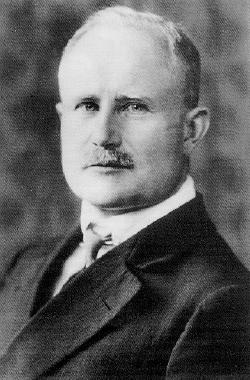Inventing EEG
In 1924 Dr. Berger was the first person to record the electrical signals given off by the human brain with use of a rudemantary electroencephalography (EEG) device. By analyzing these readings he was able to identify different waves that the brain gives off (alpha waves 8-12Hz also known as Berger's wave). This furthered our ability to research the brain, but it wasn't until the 1970s that a simple communication system was linked to a human brain.
The Use of Monkeys
In the 1990s a Brazilian scientist, Miguel Nicolelis, began research in using monkey BCI. And by the turn of the millenium he and his team collected impressive results. They had built a BCI system that could reproduce monkey movements. The monkeys had been trained to grasp at objects that were on a computer screen by using a joystick, and data, such as velocity and movements were recorded. Using this data their BCI was able to control the robot was hidden from the monkey, but the monkey was given feedback via, visual display on a computer screen.
The First Human BCIs After monkeys were used, humans were connected to computers via invasive (direct neuronal contact) and non-invasive techniques. We have also used many brainwave reading devices such as the EEG, magnetoencephalography (MEG), and direct neural interface (DNI).
Matt Nagle was one of the first humans to benefit from BCI research, due to the fact that he was paralyzed. An electrode array was surgically implanted into his brain to restore some of his motor function. Through training he was able to control a TV, check e-mails, operate a computer, and eventually open and close a prosthetic hand.
The Saga Continues To this day, Brain Computer Interface is still under research and development to improve and enlarge its applications. In the near future, it is hoped that BCIs can provide silent communication (for military use) and prosthetic limbs. |
   |